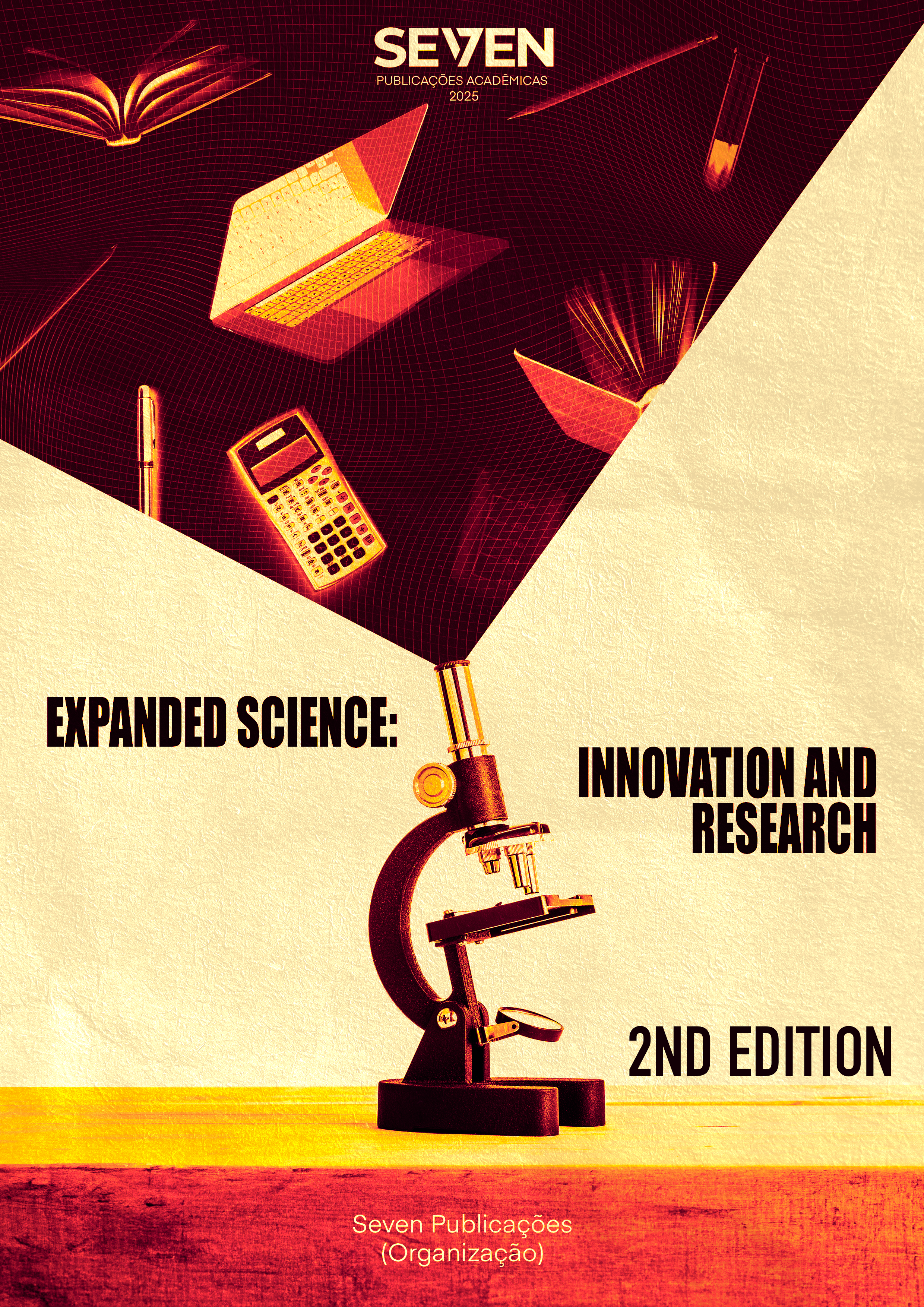TOUCH-SENSITIVE JACQUARD FABRIC FOR HOME INTERFACES: A TECHNICAL STUDY WITH A MULTIDISCIPLINARY APPROACH
Keywords:
Smart Fabric, E-Textiles, Conductivity, Jacquard, Interdisciplinary TrainingAbstract
This article discusses the design and functional analysis of a touch-sensitive fabric, created with Litz conductive yarns and woven on a Jacquard loom, for home automation applications. The study begins with the following research question: is it possible to design a fabric that maintains its textile properties but functions as a tactile sensor in a smart home system? The hypotheses tested were: (1) the fabric will exhibit electrical conductivity after the weaving process; (2) it can be integrated into electronic systems with efficient Bluetooth response. The methodology consisted of the production of the conductive fabric, its integration with an FPGA board, conductivity testing, practical simulations with electrical circuits, and an interface with a mobile application. The results indicated technical feasibility, good tactile response, and stable functional integration, confirming the potential of e-textiles as active components of environmental automation systems. Furthermore, the study reports on an interdisciplinary learning experience of a Textile Engineering student, who was challenged to acquire skills in electronics, sensors, and digital communication, demonstrating the importance of integrated approaches in higher education technology. Further research is recommended to further explore durability, washability, ergonomics, and energy integration testing to consolidate the system's applicability in real-world contexts.
Downloads
Published
Issue
Section
License
Copyright (c) 2025 Thais Puccinelli Alves, Camilla Borelli, Renato Camargo Giacomini

This work is licensed under a Creative Commons Attribution-NonCommercial 4.0 International License.





